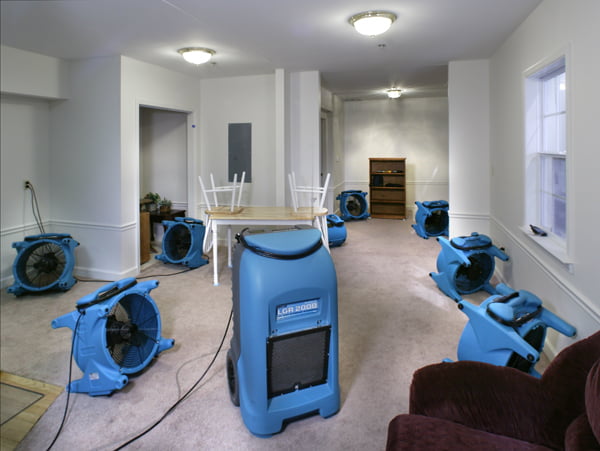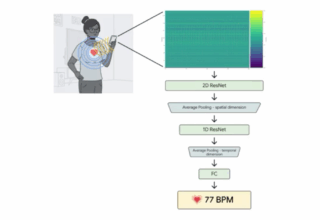 Isn’t water damage restoration one of the most tedious tasks you’d ever lay your hands upon? Actually, a painful one too considering the number of issues you ought to consider while shouldering the responsibility of doing a good job at your restoration. There’s no one reason why you might have to do water damage restoration – It can be the leaky pipes with a weak foundation or perhaps the seepage you thought was best ignored or maybe even structural damage to your pipes causing them to burst or even natural flooding disasters. So well, you always have to keep your guards up against water damage.
Isn’t water damage restoration one of the most tedious tasks you’d ever lay your hands upon? Actually, a painful one too considering the number of issues you ought to consider while shouldering the responsibility of doing a good job at your restoration. There’s no one reason why you might have to do water damage restoration – It can be the leaky pipes with a weak foundation or perhaps the seepage you thought was best ignored or maybe even structural damage to your pipes causing them to burst or even natural flooding disasters. So well, you always have to keep your guards up against water damage.
Whatever the cause may be, the steps needed to be performed for water damage restoration can get really costly and its necessary you handle them properly. Professionals can help greatly by deducing the extent that water has infiltrated and examining all the areas which might be affected. You must consider the type of water causing the damage, fresh water damage restoration can differ majorly from sewage water damage restoration.
The initial steps though remain the same, whatever source the water may come from – it is to identify all the places with water logging or where water may have caused damage and making sure that you remove all the water from those places. Also, everything effected or damaged by water would have to be removed from the area and maybe replaced during the later part of your restoration. The damage check includes not just your floors but all walls, carpets and ceiling and any products help or hung on them. Once done, the mopping needs to be done efficiently. You may want to use a submersible pump to help you remove excessive water logging. There are also certain types of commercial vacuum which will help you dry up all carpets and padding products. Dehumidifying your things is not just the first step but the most important of them all too.
Once you are sure that all the water is removed, you must try to dry the place completely. You may have to bring high velocity fans to perform the function depending on the area that needs to be dried. These fans may need to keep working for several days to entirely dry up the space. Professionals often use heavy duty dehumidifiers which ensure restoration of the internal atmosphere to get the house back to its original state. You also have to check and prevent any formation of mold.
While this is in its process, you may require the professional to look minutely at all the furniture in the flooded place and they will decide best if it needs to be taken apart, cleaned or dried or is the damage irrelevant. Furniture standing in water must be tried and cleaned multiple times to rule out any molds or further damage. Also, if taken apart, you can check for damages and repair as and what needs repair. It is a good idea to send in your carpets to carpet restoration specialist who will best perform the restoration. So well, better cautious now than sorry later. Water damage may go a long way if not checked in time.


















